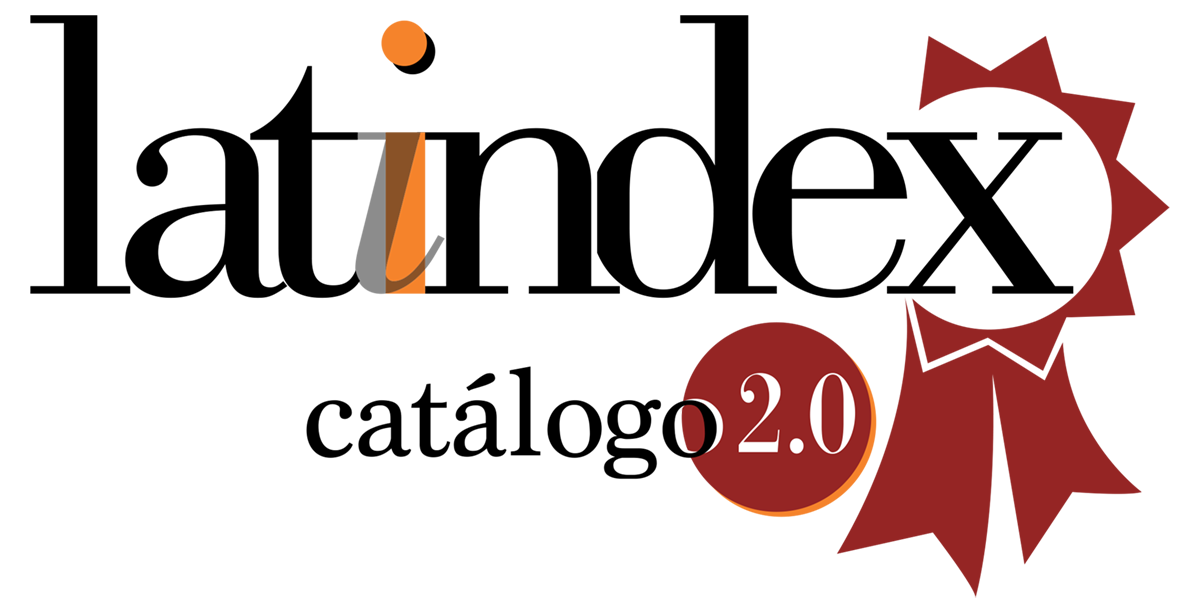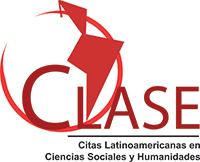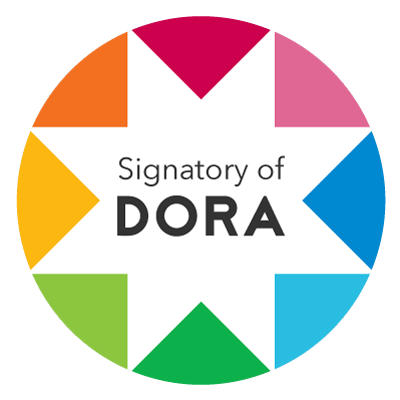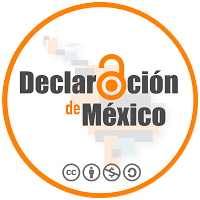Collective Mapping, Youth and Territory
An Extensionist Experience with Visuals Methodologies in a High School
DOI:
https://doi.org/10.24215/18529569e050Keywords:
social cartographies, spaces, appropriation, collective constructionAbstract
The article presents an outreach experience using collective mapping as a methodological tool for working with high school students in Córdoba, Argentina.The activity, carried out between the National University of Córdoba and the Red Pueblo Alberdi, allows reflection on the use of visual methodologies and reveals ways of inhabiting the school space by the students. It is postulated that collective mapping favors Collective mapping favors dialogue and the representation of tensions, discomfort, joys and encounters that come together in the school.
Downloads
References
Acselrad, H. (2013). Apresentaçao. En H. Acselrad (Org.), Cartografia social, terra e territorio (pp. 5-14). Instituto de Pesquisa e Planejamento Urbano e Regional.
Acselrad, H. y Nuñez Viégas, R. (2013). Cartografias sociais e territorio: um diálogo latino-americano. En H. Acselrad (Org.), Cartografia social, terra e territorio (pp. 15-40). Instituto de Pesquisa e Planejamento Urbano e Regional.
Bruno, D. P. (2016). Curricularizar la extensión para integrar y territorializar la práctica. Cuadernos de H Ideas, 10(10). https://perio.unlp.edu.ar/ojs/index.php/cps/article/view/3727
Corona, Y., Gáal, F., Hernández, J. y Marrone, A. (2006). Antología de estrategias participativas: algunos aportes para escuchar a los niños y realizar consultas infantiles. Universidad de Valencia/Generalitat Valenciana/Universidad Autónoma Metropolitana.
Cruz, F. y Ricci, C. P (agosto-septiembre de 2021). Densificación y acceso a la vivienda y el espacio público en barrios pericentrales. ¿Oportunidades para la renovación urbana sin gentrificación? Experiencias en Pueblo Alberdi, Córdoba. Congreso Nacional Políticas e Instrumentos para la Gestión Local del Suelo. Universidad Nacional General Sarmiento, Argentina.
Fernández, A. M. (2007). Las lógicas colectivas. Biblos.
García Barón, C. y Colombia, E. (s. d.). Barrios del mundo: Historias urbanas. La cartografía social… Pistas para seguir.
Gezmet, S. (2014). La vinculación universidad-sociedad. Modelos de extensión y características de las interacciones [compendio bibliográfico]. Asignatura Extensión Universitaria. Secretaría de Extensión Universitaria, Universidad Nacional de Córdoba.
Girardi, G., Falcão de Lacerda, L. do C., Azoury Varga, A. y Muniz Lima, L. (2012). Cartografias alternativas no âmbito da educação geográfica. Revista Geográfica de América Central, 2(47E). https://www.revistas.una.ac.cr/index.php/geografica/article/view/2796
Harley, J. B. (2005). La nueva naturaleza de los mapas. Fondo de Cultura Económica.
Ricci, C. P. y Sánchez Marengo, P. A. (2022). Fotografías, memorias y espacios: Barrio Alberdi y ciudad de Malvinas Argentinas, nodos de una constelación posible. En M. E. Boito, K. A. Salguero Myers, C. P. Ricci y C. Michelazzo (Eds.), Ojo y piel: estudios críticos sobre la ciudad y sus transformaciones a partir de imágenes (pp. 205-260). Teseo.
Ricci, C. P. (s/d). Barrio Alberdi. Proyecto Culturas interiores. Un archivo de la cultura de Córdoba. https://culturasinteriores.ffyh.unc.edu.ar/consulta.php?p=TDQDHEBSW
Voltarelli, M., Gaitán Muñoz, L. y Leyra Fatou, B. (2018). La sociología de la infancia y Bourdieu: diálogos sobre el campo en los países hispano-hablantes. Política y Sociedad, 55(1), 283-309. https://doi.org/10.5209/POSO.56119
Zusman, P. (2011). La tradición del trabajo de campo en Geografía. Geograficando, 7(7), 15-32. https://www.geograficando.fahce.unlp.edu.ar/article/view/GEOv07n07a01
Downloads
Additional Files
Published
How to Cite
Issue
Section
License
Copyright (c) 2025 Camila Pilatti, Guido Montali, Santiago Vázquez

This work is licensed under a Creative Commons Attribution-NonCommercial-ShareAlike 4.0 International License.
The acceptance of an original by the journal implies the non-exclusive transfer of the patrimonial rights of the authors in favor of the publisher, who allows the reuse, after its edition (postprint), under a Creative Commons License Attribution-NonCommercial-ShareAlike 4.0 International.
According to these terms, the material can be shared (copy and redistribute in any medium or format) and adapted (remix, transform and create another work from the material), provided that a) the authorship and the original source of their publication (magazine and URL of the work) are cited, b) is not used for commercial purposes and c) the same terms of the license are maintained.
The assignment of non-exclusive rights implies that after postprint in Extensión en red authors may publish their work in any language, media and format; in that case, it is requested that they signal that the material was originally published by this journal.
Assignment also entails the authors’ authorization for the work to be collected by SEDICI, the institutional repository of the Universidad Nacional de La Plata, and for it to be indexed in the databases that the publisher thinks appropriate for enhancing the visibility of the published work and its authors.
In addition, the journal encourages authors to submit their works to other institutional and thematic repositories after their publication in Extensión en red, under the assumption that offering society unrestricted access to scientific and academic production contributes to a greater exchange in global knowledge.









.jpg)

.png)


.png)





















